
Whole Grains: Flavors You Can Savor
Author: be well™ with Big Y® Registered Dietitian Team
How these little morsels may just be the difference between having cravings and feeling satiated.
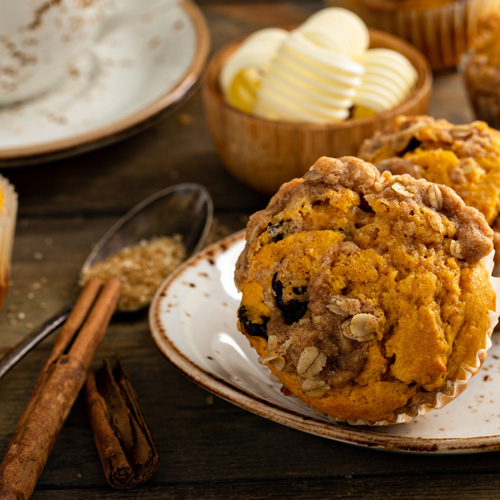
Imagine waking up to the sweet smell of cinnamon, nutmeg and oats. Or having your home infused with the smells of toasted barley, green beans and shiitake mushrooms. Ready to cook? Better yet, ready to eat? That is what cooking with whole grains can look like.
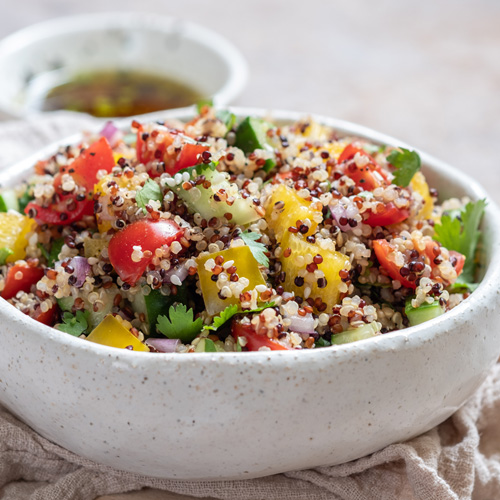
Whole grains tend to mystify: What are they exactly? How does one cook with them? Do they taste good? The answer is a resounding yes! Whole grains add nutty, earthy texture to recipes, cook as easy as your traditional pasta or refined flour and add nutritional punch.
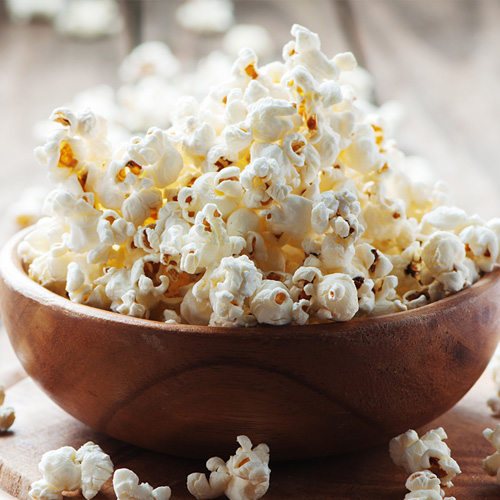
Undergoing minimal processing, the germ, bran and endosperm layers of whole grains remain intact or very close thereof. They differ from refined grains that have had their layers removed. Examples of whole grains are whole wheat flour, brown rice, wild rice, oats, popcorn, millet, quinoa, buckwheat, wheat berries and bulgur wheat.
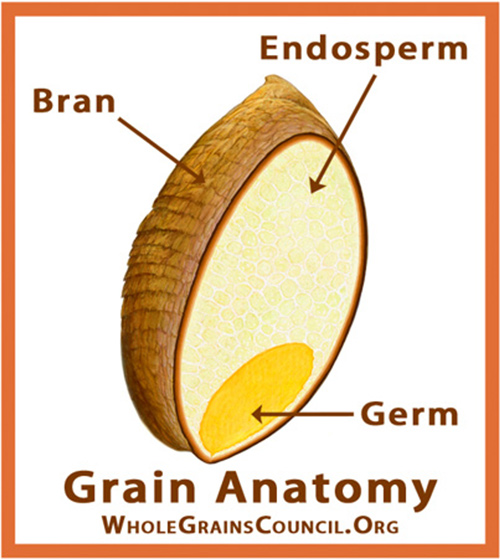
The 2020-2025 USDA Dietary Guidelines for Americans recommends making half of your daily grain choices whole grain. Why? By remaining intact, whole grains provide carbohydrates, heart-healthy fats, fiber, vitamins, minerals and antioxidant-acting plant compounds that are found in grains naturally. These components not only add healthfulness to meals, they aid in regulating your appetite.

Whole grains create a sense of fullness, or satiety, better than those that provide just carbohydrates. The reason for this is that it takes longer to digest fat and fiber than it does to break down carbohydrates. By eating a whole grain versus one that has been processed and stripped of its layers, you’re left feeling full.

Shopping for whole grains can require a bit of label reading…but practice makes it better! Verify breads, crackers, tortillas, cereals, pizza crusts, etc., are whole grain. Look for whole wheat or another whole grain as the first ingredient versus traditional wheat flour with brown coloring added due to ingredients like caramel and/or molasses.
Whole Day Whole Grain Day
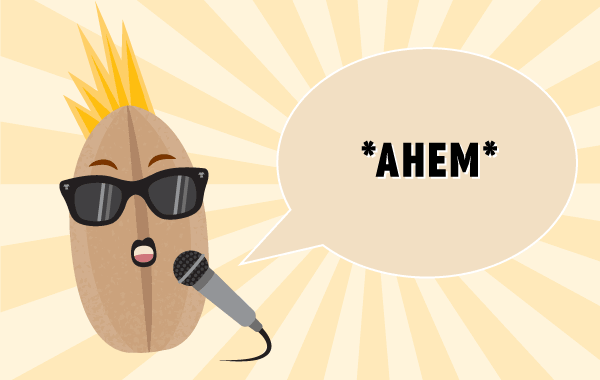
We're excited to recognize the last Wednesday in March as Whole Day for Whole Grain day with our friends at the Whole Grain Council.
Discover a new favorite whole grain in meals and snacks with these tips from the Whole Grain Council: The A-Z Guide to Cooking with Whole Grains!
Published 3/28/2022, Reviewed 3/27/2023


